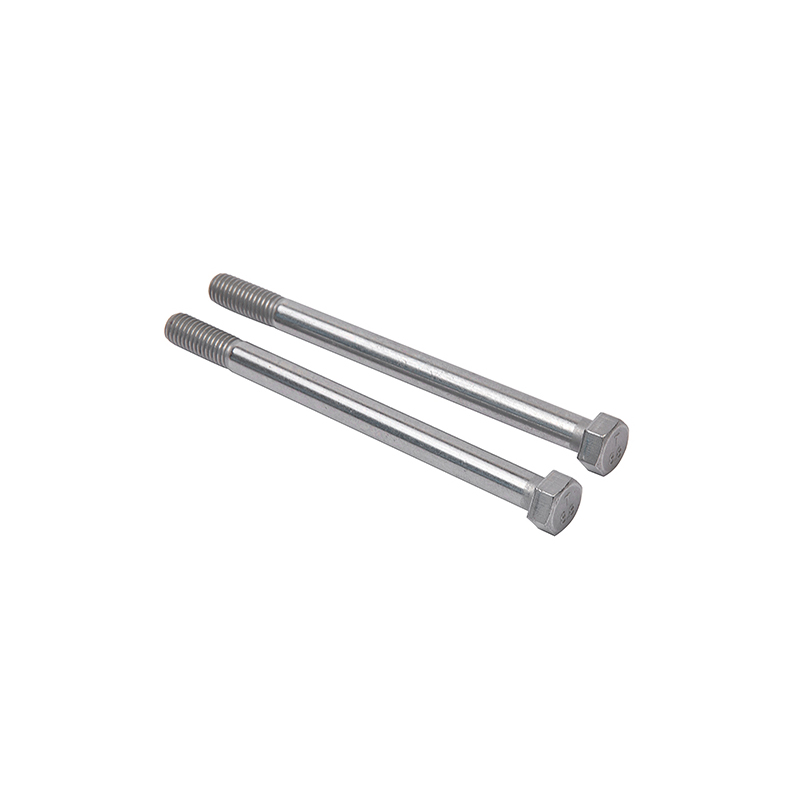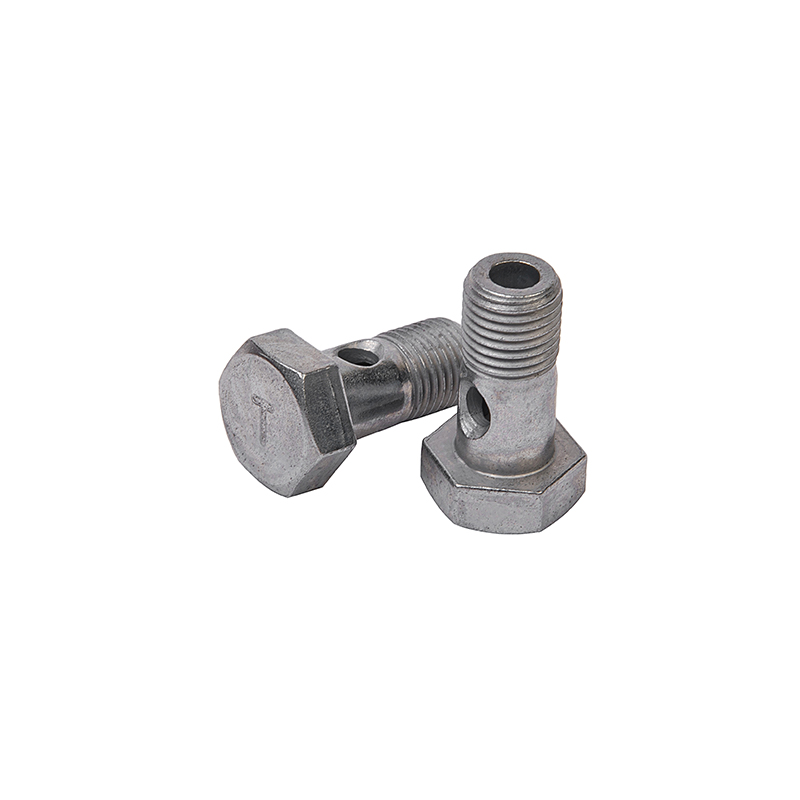Just write us your request & we will take care of the rest.
The Growing Importance of Weld Riveting in Automotive Fastening Solutions
In the dynamic field of automotive manufacturing, the role of fasteners is crucial to ensuring vehicle safety, durability, and performance. One fastening technique that has gained significant traction in recent years is weld riveting. This innovative approach combines the advantages of welding and riveting to offer robust, reliable, and efficient fastening solutions. This article explores the increasing importance of weld riveting in the automotive industry, examining its applications, benefits, and the factors driving its growing adoption.
Weld riveting is a hybrid fastening technique that merges the principles of welding and riveting. The process involves inserting a rivet into a pre-drilled hole in the components to be joined. Once in place, the rivet is subjected to a welding process that causes it to fuse with the surrounding material, creating a strong, permanent bond. This combination of methods results in a fastening solution that leverages the strengths of both techniques, offering enhanced performance and reliability.
Weld riveting has found numerous applications in automotive manufacturing due to its ability to provide secure, durable connections between components. Some key areas where weld riveting is utilized include:
In vehicle assembly, body panels and frames are critical for structural integrity and safety. Weld riveting is used to join panels and frame sections, ensuring that they are securely fastened and capable of withstanding the stresses encountered during vehicle operation. The process provides a strong, permanent bond that enhances the overall durability of the vehicle structure.
The chassis is the foundation of a vehicle, supporting various components and systems. Weld riveting is employed in chassis assembly to secure critical elements such as cross members, mounts, and reinforcements. The technique helps maintain the structural integrity of the chassis, contributing to vehicle stability and safety.
The suspension system is designed to absorb shocks and provide a smooth ride. Weld riveting is used to secure suspension components such as control arms, shock mounts, and sway bars. The strong, reliable connections created by this technique ensure that the suspension system functions effectively and maintains vehicle handling.
Engine assemblies are subjected to high levels of stress and heat. Weld riveting is used to join engine components such as brackets, mounts, and covers. The technique provides a durable connection that can withstand the demanding conditions of engine operation, contributing to overall engine performance and reliability.
The interior of a vehicle includes numerous components that must be securely fastened. Weld riveting is employed to join parts such as dashboard mounts, seat frames, and trim panels. The process ensures that interior components remain securely in place, contributing to a well-finished and functional interior.
The adoption of weld riveting in automotive manufacturing offers several significant advantages over traditional fastening methods:
One of the primary benefits of weld riveting is the strength of the bond it creates. The combination of welding and riveting results in a connection that is both strong and durable. This is especially important in automotive applications where components are subjected to significant stresses and vibrations.
Weld riveting helps to maintain the structural integrity of vehicle components by providing a robust, permanent connection. This is crucial for maintaining the overall safety and performance of the vehicle, especially in critical areas such as the chassis and body panels.
By providing a strong bond without the need for additional fastening materials, weld riveting can contribute to a reduction in overall vehicle weight. This can to improvements in fuel efficiency and handling, making it a valuable technique for modern automotive design.
The weld riveting process can streamline production by combining two fastening methods into one. This can reduce the number of steps required in the assembly process, to increased production efficiency and cost savings.
The use of weld riveting can result in cleaner, more streamlined joints compared to traditional fastening methods. This can improve the overall appearance of the vehicle and contribute to a more polished, high-quality finish.

 English
English Español
Español










Contact Us